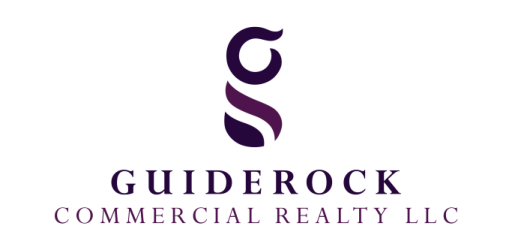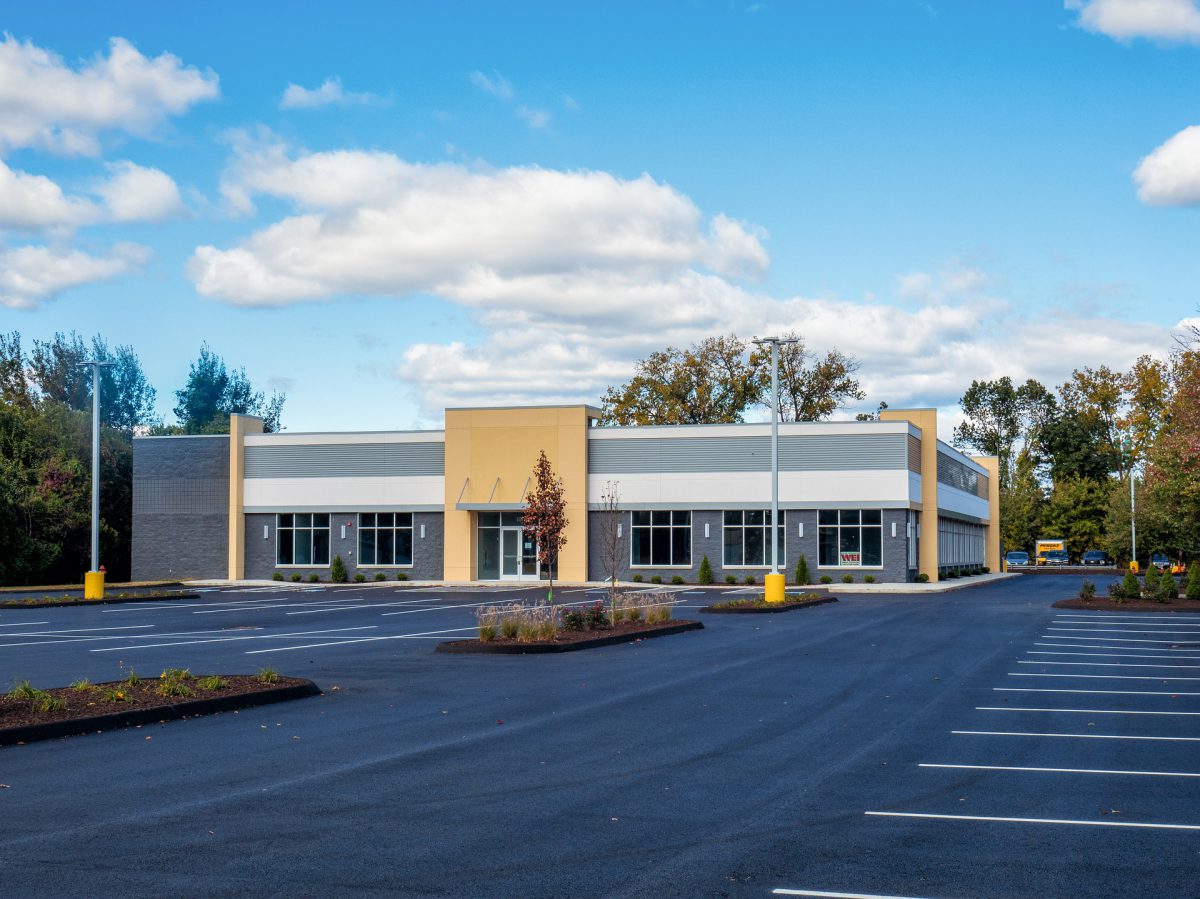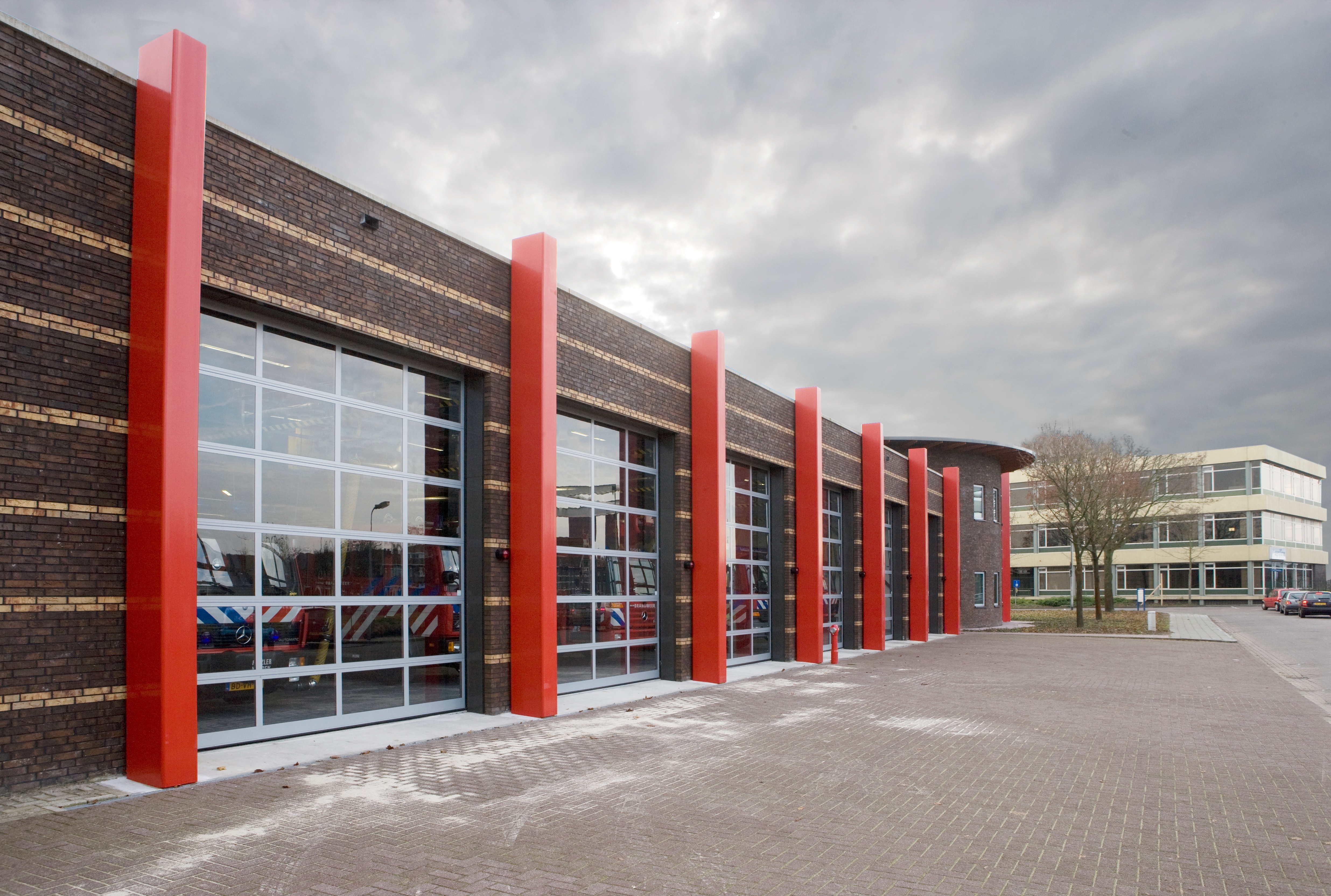You may have previously made the decision to buy a property for your business rather than lease. Over time, though, your business needs can change. If you find yourself needing cash but don’t want to move your business, a sale-leaseback transaction might be the right solution for you.
What is a Sale-Leaseback?
You already own both the real estate and the business operating within the property. In a sale-leaseback transaction, you would sell the real estate but keep the business and operate from the same location. A real estate investor would buy the property and become your landlord. You would would then pay rent to the investor rather than make a mortgage payment.
How is a Sale-Leaseback Helpful?
The main benefit of selling the real estate your business owns is that it converts the property equity into cash that you can use for other purposes. For example, cash from the property sale can help you purchase new equipment or expand your staff. The other related benefit is that you are able to generate this cash without taking on additional debt.
Investors also benefit in sale-leaseback transactions by having an established tenant and cash flow. In other words, they get to skip the process and costs of acquiring a new tenant. Usually these transactions are for single-tenant properties, which are also easier for an investor to manage.
Other Considerations
Before committing to a sale-leaseback transaction, you should also consider the tax implications of the change. Consult with your tax professional to get advice on how a sale-leaseback will impact your balance sheet and cash flow.
In addition to tax and financing considerations, you will also need to know if the real estate market conditions support the goal you are trying to achieve. We recommend having a real estate broker advise you on the expected sale price of your property as well as lease terms that a prospective investor would seek. If you would like information on how we can help, please contact us.




